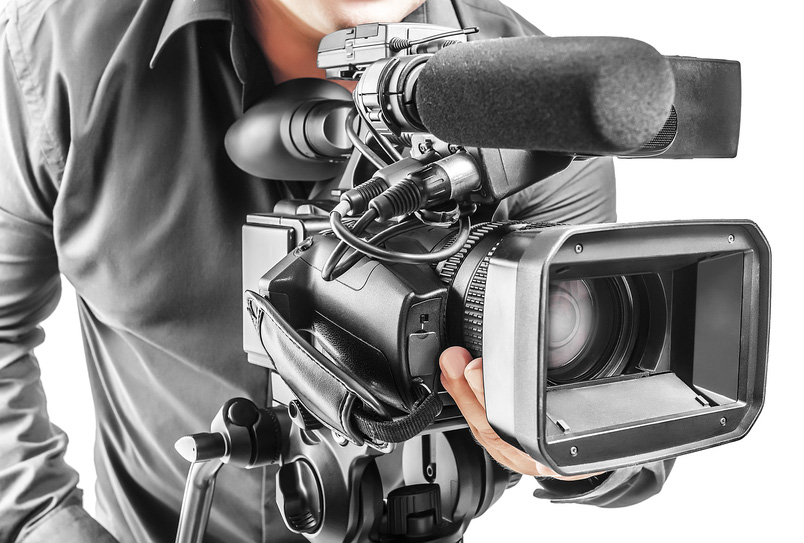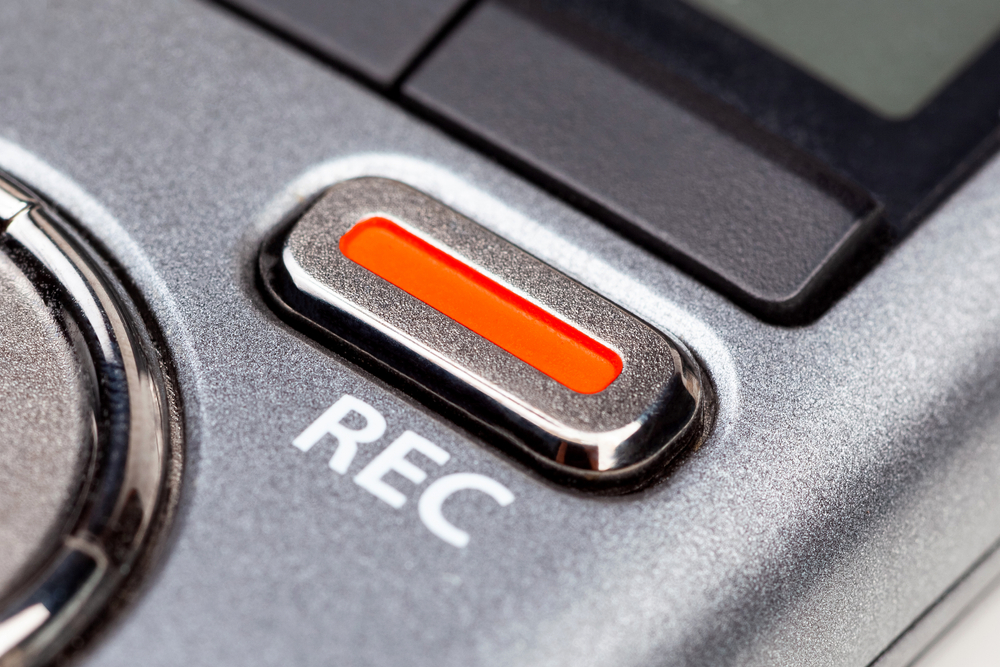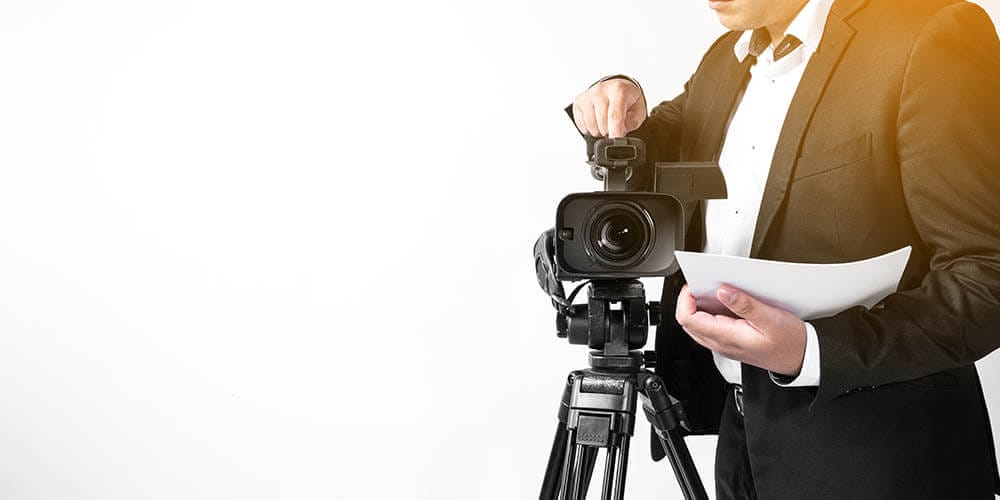Legal Videography: A Comprehensive Overview to Recording Depositions
Legal Videography: A Comprehensive Overview to Recording Depositions
Blog Article
Secret Benefits of Using Videography in Legal Cases
The integration of videography in lawful situations offers a series of tactical benefits that can considerably influence trial results. By improving proof discussion and boosting witness integrity, videography acts as an effective tool to involve jurors and communicate complicated stories efficiently. Additionally, this medium preserves crucial statements, guaranteeing that crucial info is not lost to memory decay. As the lawful landscape remains to progress, the ramifications of leveraging videography in trial settings benefit more detailed assessment, specifically in comprehending how these benefits convert into tangible results in the court room.
Improved Proof Presentation
Enhanced proof presentation through videography has actually reinvented the means legal situations are argued and comprehended in the courtroom. By incorporating top quality video recordings into lawful proceedings, lawyers can convey complex information in a much more interesting and comprehensible manner - Legal Videography. Videography permits the visualization of evidence, making it easier for courts and juries to comprehend the context and importance of the offered truths
Along with enhancing clarity, videography can also capture real-time occasions, giving a genuine representation of cases pertinent to an instance. This immediacy can considerably affect the persuasiveness of an argument, as visual evidence commonly reverberates a lot more highly than written paperwork. Moreover, video evidence can consist of critical aspects such as body language, intonation, and ecological aspects, all of which contribute to a much more all natural understanding of the situation.
Using videography likewise enables for effective organization of evidence, enabling attorneys to present their arguments in a systematic and sensible way. By tactically integrating video into their discussions, lawful experts can assist in a much more efficient analysis of the proof, inevitably causing notified decision-making by the court. The transformative power of videography in legal contexts is both important and undeniable.
Improved Witness Trustworthiness

Video evidence can likewise alleviate possible predispositions that might occur from the witness's appearance or mannerisms in an online setting. By providing a well-produced video clip, lawful groups can make certain that the focus remains on the content of the statement instead of additional aspects that may threaten reputation. Moreover, the possibility to examine taped statements can fortify witness consistency, as inconsistencies can be addressed prior to trial, causing even more reliable statements.
Additionally, the durability of videography offers a guard against memory decay or misinterpretation gradually. By having a clear, verifiable account of witness statements, lawful practitioners can develop a more powerful case, strengthening the total reputation of the witness and, consequently, the stability of the judicial procedure.
Engaging Jury Experience
Videography can dramatically elevate the jury's involvement during legal process. By incorporating high-quality video discussions, lawful teams can maintain the attention and catch of jurors, changing intricate information into visually compelling stories. This involvement is essential, as jurors commonly struggle to take in thick lawful terms and intricate information offered solely through typical means.
Video evidence enables jurors to witness occasions as they unfolded, providing context that written statements may do not have. The usage of dynamic visuals can evoke psychological feedbacks, making the case more relatable and remarkable. For example, monitoring video or reenactments can show vital moments, enabling jurors to picture the proof in an engaging way.
Furthermore, videography can assist in a more interactive experience. Jurors can see and hear witnesses, which includes a layer of authenticity and immediacy that composed transcripts can not reproduce. This multi-sensory technique cultivates much deeper Read Full Article comprehension and retention of the here and now product.

Effective Case Storytelling
An engaging story is vital for reliable instance narration in the court room. Videography serves as an effective tool to craft and provide this story, involving the jury and enhancing their understanding of the instance. By visually showing the events leading to the lawful conflict, videography enables lawyers to show complicated situations in a relatable and clear manner. This narration strategy can stimulate psychological feedbacks and foster compassion, producing a much deeper link in between the jury and the case.
Incorporating elements such as witness computer animations, reconstructions, and meetings, videography provides a multi-dimensional point of view that traditional methods can not accomplish - Legal Videography. This graph not just help in clearing up realities however also aids jurors keep essential info. The vibrant nature of video can break down obstacles of understanding, making detailed information a lot more available.
Ultimately, efficient case narration via videography transforms the court experience, enabling lawyers to present their arguments in a influential and compelling way. By utilizing the power of visuals, attorneys can considerably enhance their capability to communicate important narratives and accomplish desirable outcomes for their customers.
Conservation of Testaments
Protecting statements is a vital facet of lawful procedures, as the precision and stability of witness statements can significantly influence the outcome of an instance. Videography acts as an effective device in this respect, making certain that statements are videotaped in their original context, thus decreasing the threat of misinterpretation or distortion gradually.
By capturing non-verbal and verbal cues, videography provides a detailed account of witness declarations, which can be invaluable during trial process. This approach not only records the content of the testament yet also preserves the temperament and emotional click now feedbacks of witnesses, using courts a richer understanding of the testament's credibility and importance.
In addition, making use of videography promotes an extra trustworthy testimonial of testaments during post-trial assessments or pre-trial preparations. Lawyers can revisit tape-recorded declarations to clarify details, assess inconsistencies, or establish techniques for cross-examination.
Essentially, videography enhances the conservation of testimonies, fostering a clear lawful procedure that can bring about even more equitable results. By safeguarding the integrity of witness declarations, legal practitioners can much better advocate for their clients and maintain the concepts of justice.

Conclusion
In verdict, the assimilation of videography in legal instances significantly improves the presentation of proof, strengthens witness reliability, and astounds courts through involving visual content. Jointly, these advantages underscore the essential duty of videography in modern lawful methods, eventually adding to more enlightened judicial outcomes.
The assimilation of videography in lawful cases provides a variety of calculated advantages that can considerably influence trial end results.Improved evidence discussion with videography has transformed the means legal situations are said and comprehended in the court room.Videography can substantially boost the court's interaction during legal process. By aesthetically showing the occasions leading to the legal dispute, videography enables attorneys to show complicated circumstances in a clear and relatable manner.In conclusion, the combination of videography in legal situations significantly enhances the presentation of proof, strengthens witness integrity, and captivates juries with involving aesthetic material.
Report this page